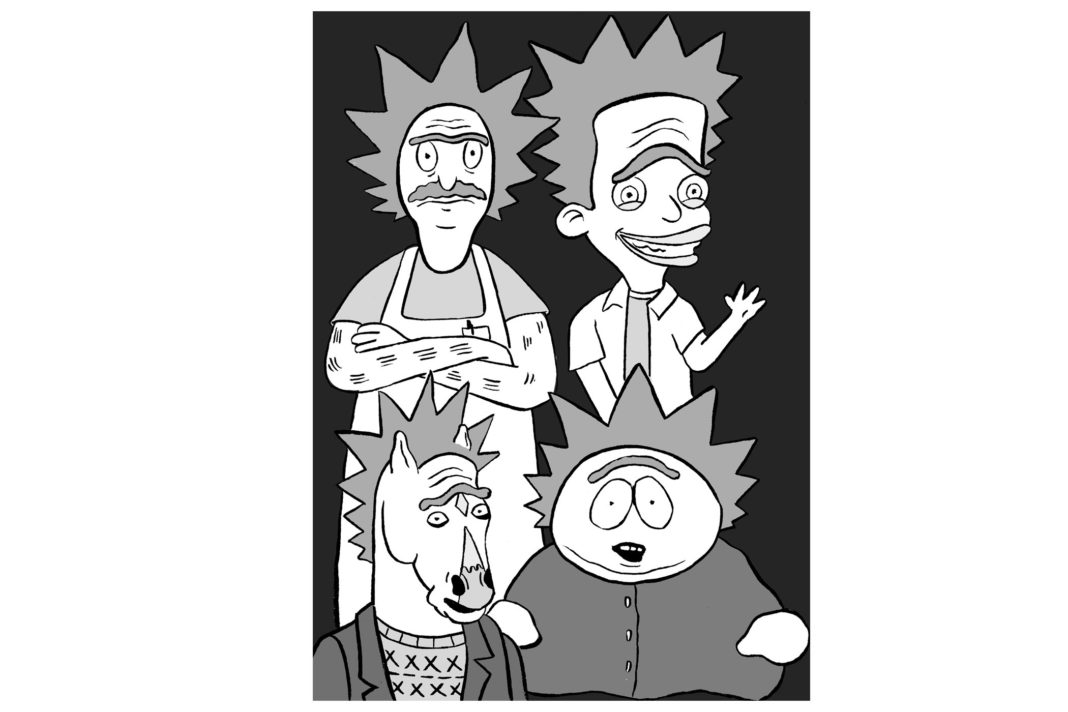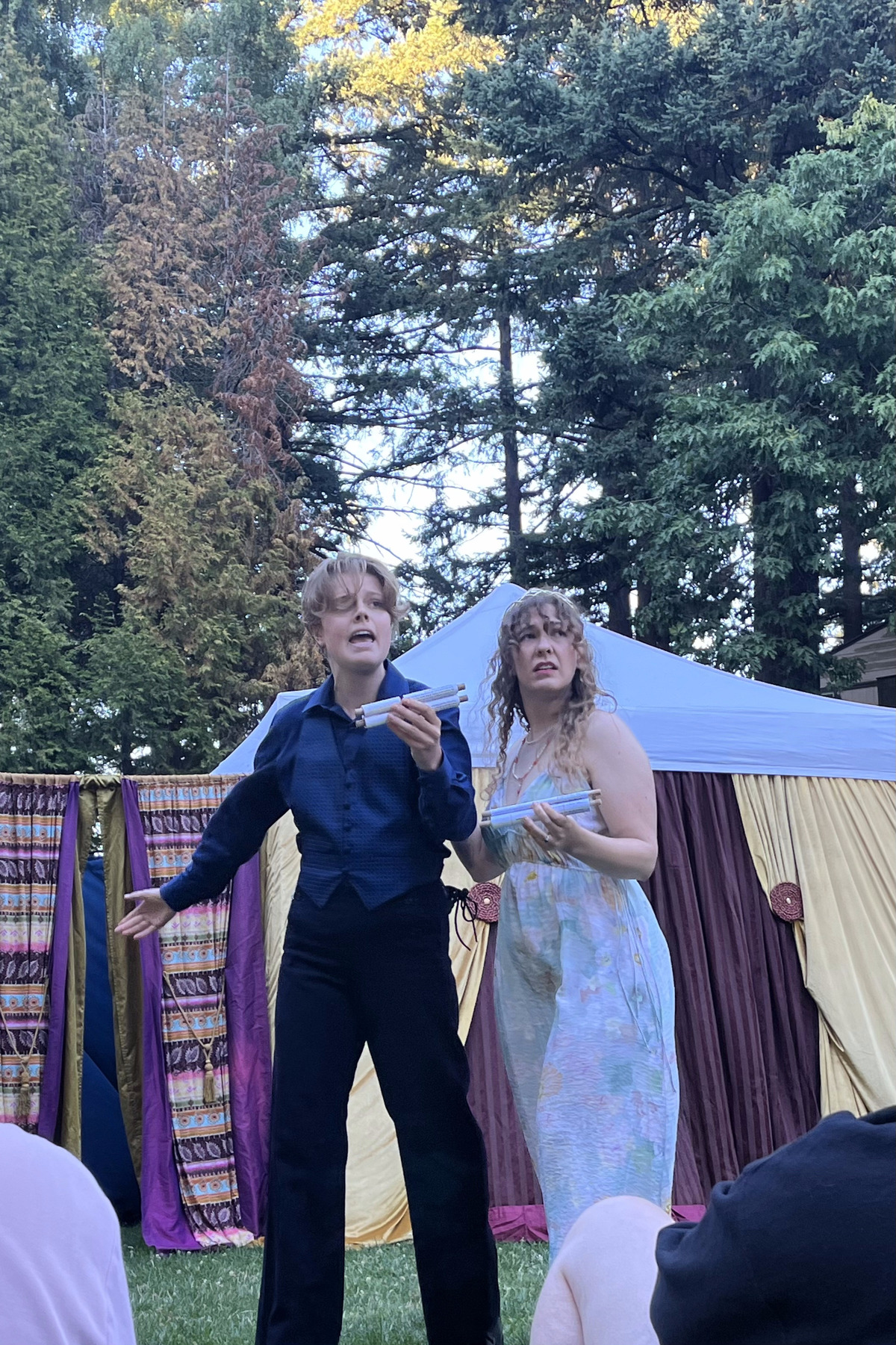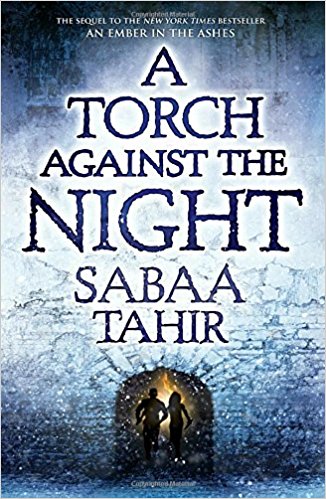Before heading off to enjoy and examine Portland’s public parks, artist Sue Palmer stopped by the Science and Education Center as the guest speaker for the School of Art and Design’s Art + Social Practice Conversation series.
Hailing from England, Palmer has a background in live performance theater—she discovered her specialty in the late ‘90s and early 2000s when she began participating in “people-based performances.” She has long held an interest in public participation and in evaluating the “dance between nature and culture.” She helped begin the 100 Year Old Band–a one-day-band where members are found on the streets, one person for every decade of life. Together these 10 people write a song and perform it once, live.
She is visiting Portland because of her interest in the sheer variety of city parks and their potential for public participation. Palmer looks for moments and places where people are participating and engaging with the landscape itself. Granted a Winston Churchill Memorial fellowship, she has spent the year traveling to Berlin, Germany; Vancouver, British Columbia; and now Portland.
Her aims, as outlined in her blog “Inquilines,” are simple. Palmer wants to find inspiring projects, meet and talk with the artists that make them happen and “study the innovative ways that cities are enabling cohesive [neighborhoods] through focusing on … their green spaces.”
During her travels in Berlin, she encountered a park at a former train station that once shipped victims of the Holocaust to concentration camps. She admired its transparency of a dark history. She also experienced the Renfrew Ravine Moon Festival in Vancouver, a “magical, bonding, mysterious and gregarious” event.
Palmer discussed Vancouver’s artist studio residencies in parks and park facilities. In the 1950s, certain parks in the area were taken care of by a steward, who lived in a small field house on the park. Fast forward half a century and the field houses sat empty, collecting dust. The solution? An artists’ fellowship. For 350 hours of community-engaged volunteer work, an artist can live in the small house and work toward any number of projects that get communities participating in the parks again.
Sue is aware, however, that not all is greener on the other side. In her home country of England, taxes are used to create parks and public space, but not to protect them. More often than not, public land is granted by estates but no upkeep is done to keep them as a safe public space. As she looks at Vancouver and Portland, she wonders about the problem of land that was taken from the First Nations.
“There’s a muddy history,” Palmer said, referring to both the United States and the United Kingdom. “The U.K. still celebrates the Empire.” She wonders about the issue of who helps to design these parks. Whose land is it? Who is included and excluded from these spaces? Palmer wants to bring the most interesting concepts back to the U.K. and work toward gaining clarity from that muddy history.
Palmer asked, “what role do artists have in public spaces?” And in kind, students replied, describing their hopes and goals.
Among the students in attendance were leaders with admirable projects in progress, including the organizers of Creek College–an arts and education school where the method of payment is spending time cleaning up the local creeks. Another student discussed the project he’d begun in Mumbai, where the government bought up public land and repurposed the park, fencing it off from the public. In an effort to take back the park, he organized what he calls a de-fencing project–defacing the fence with local artists’ work.
The Art and Social Practice Master’s of Fine Arts hosts a weekly conversation with various artists, students, instructors and locals about their projects and relation to social practice. A podcast of the conversation will be up on the Art and Social Practice’s website at http://psusocialpractice.org/partnerships/conversation-series






